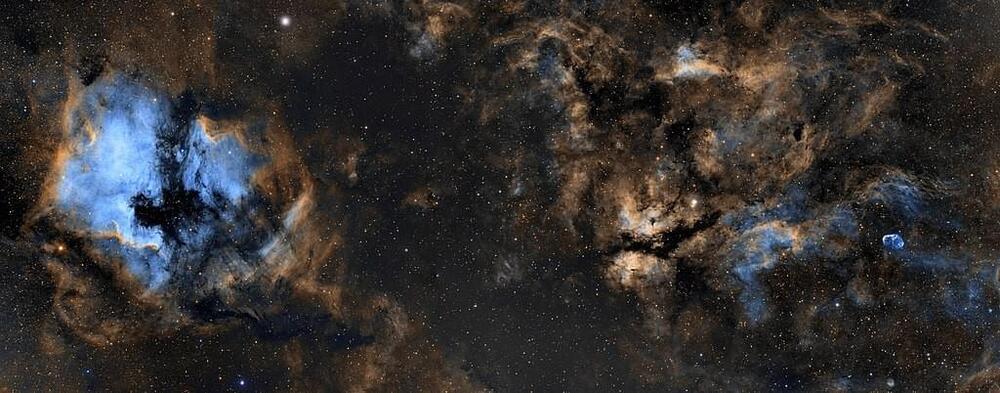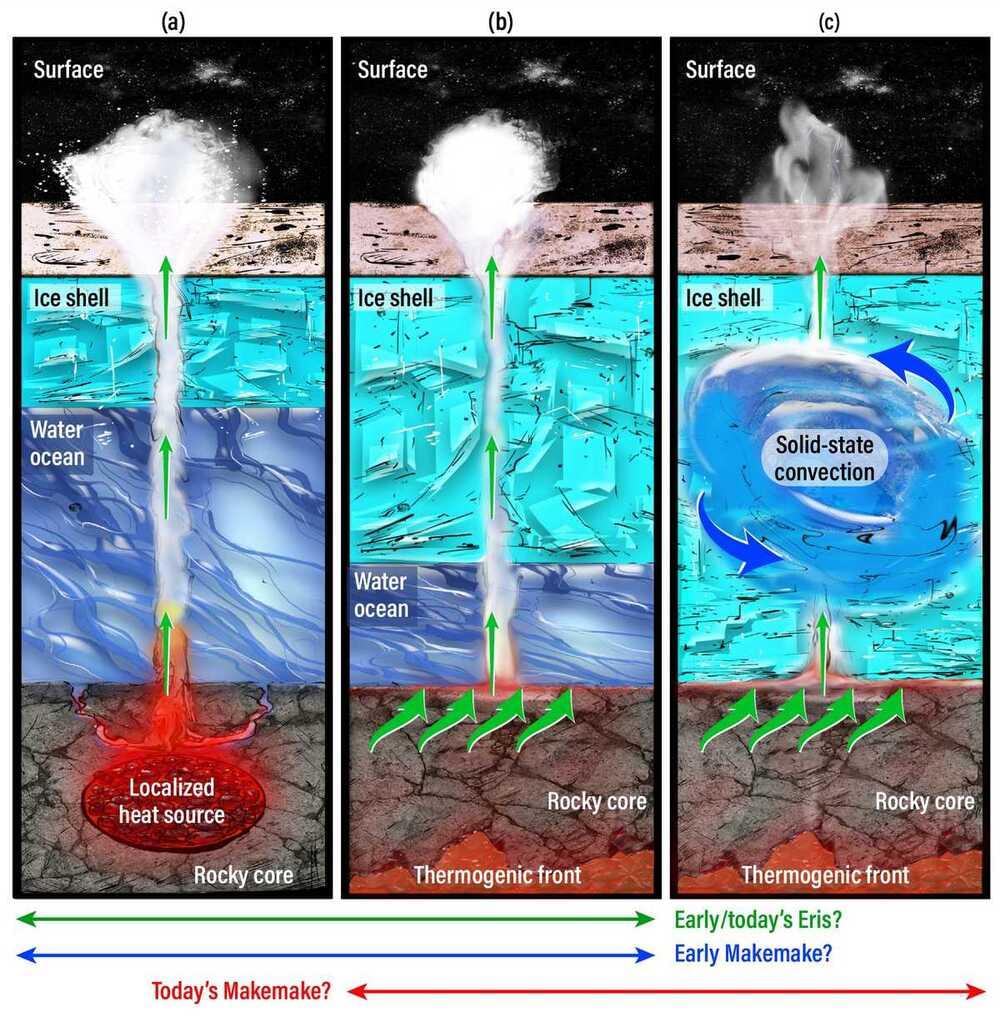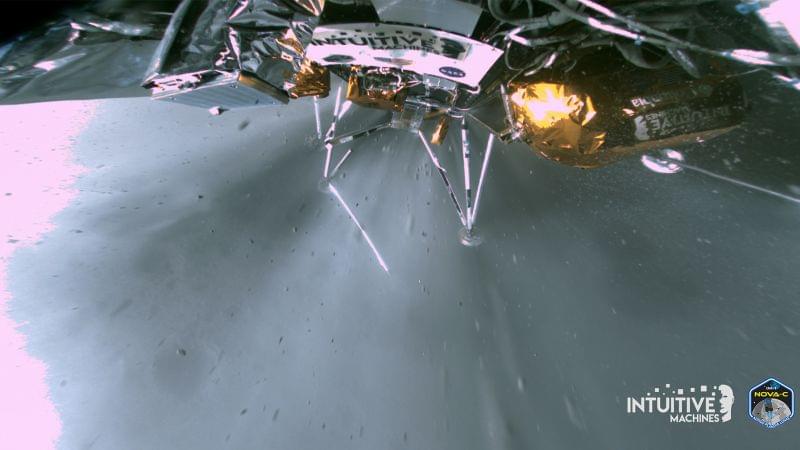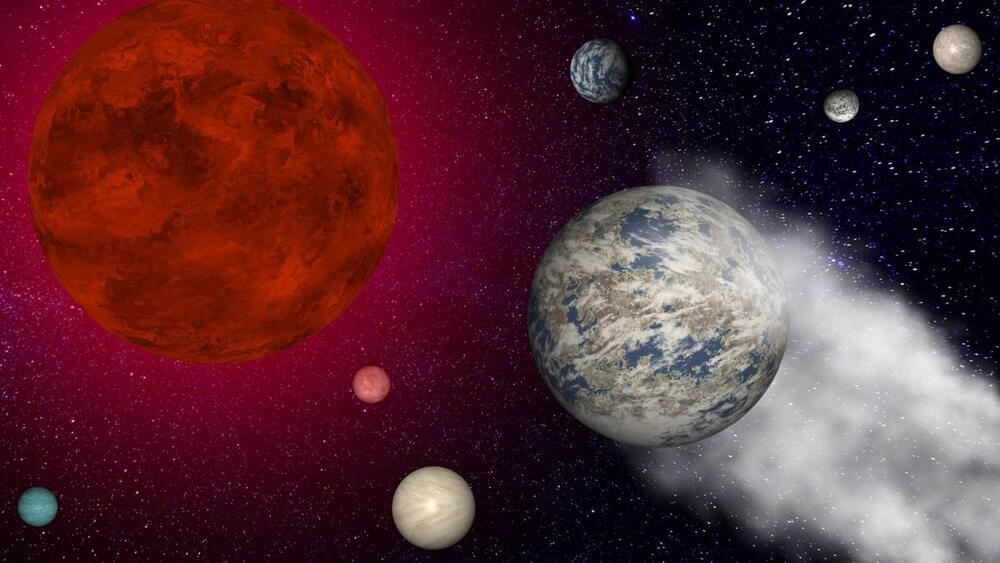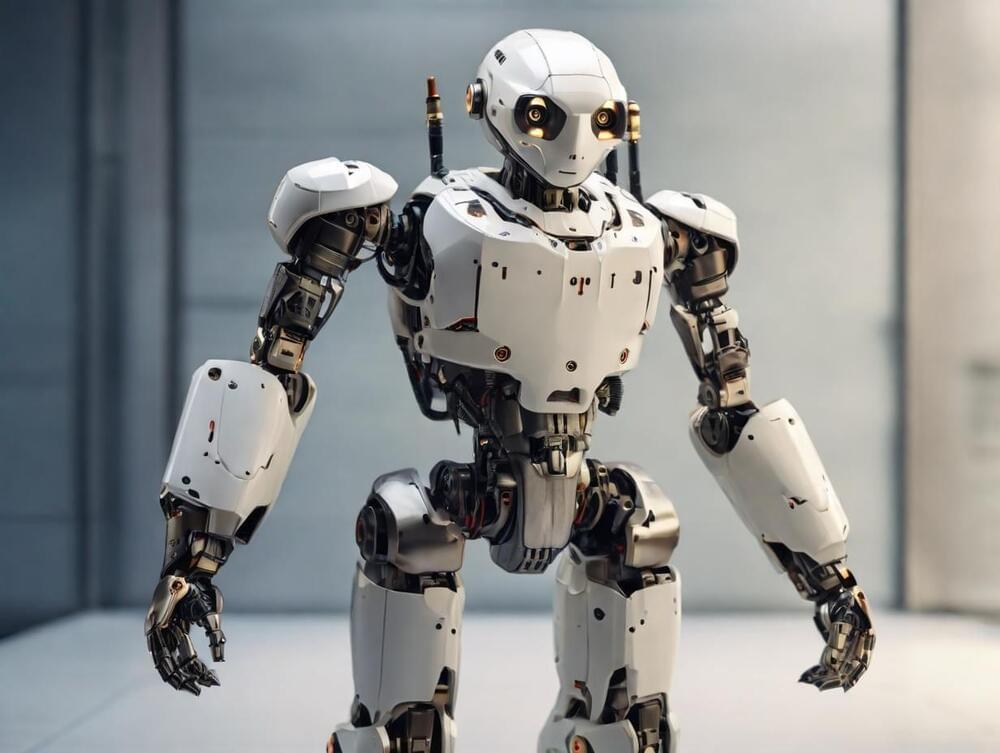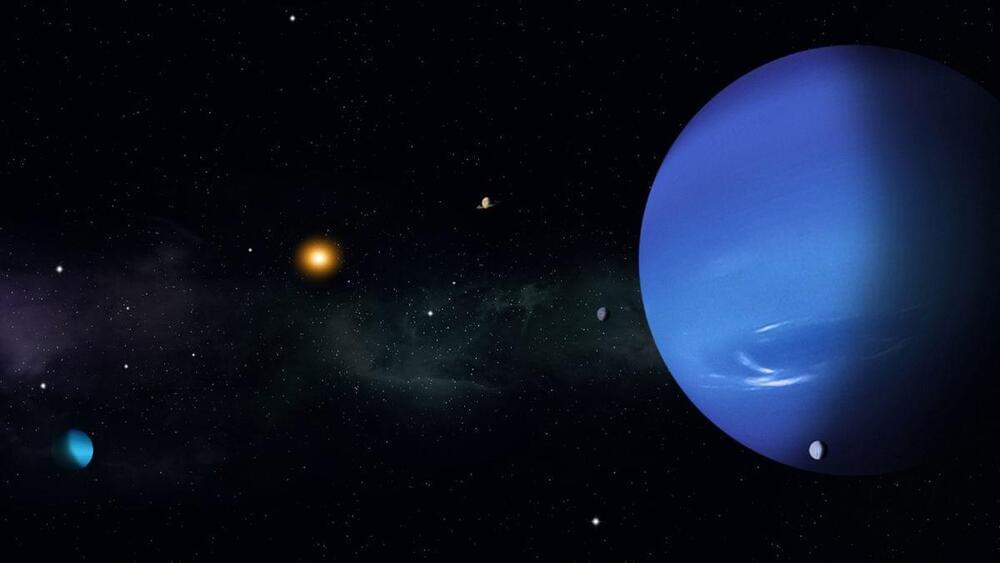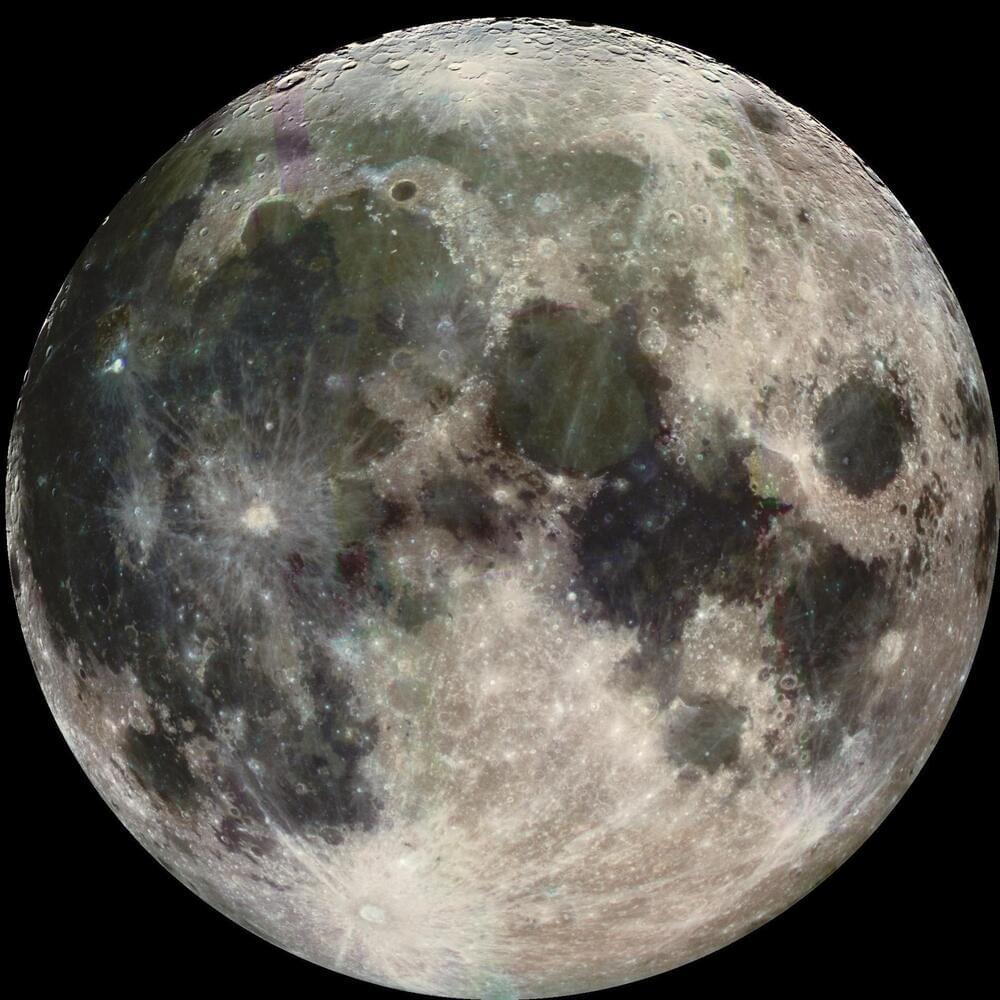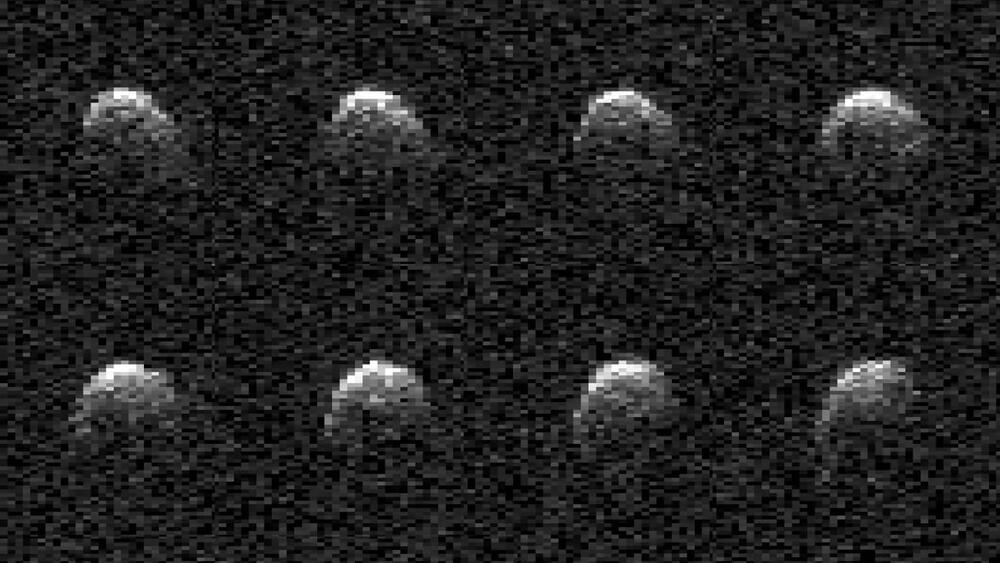Archive for the ‘space’ category: Page 99
Feb 29, 2024
Evidence of Geothermal Activity within Icy Dwarf Planets
Posted by Natalie Chan in categories: chemistry, space
Webb telescope observes potentially young Methane deposits on surfaces of Eris, Makemake. A team co-led by Southwest Research Institute found evidence for hydrothermal or metamorphic activity within the icy dwarf planets Eris and Makemake, located in the Kuiper Belt. Methane detected on their surfaces has the tell-tale signs of warm or even hot geochemistry in their rocky cores, which is markedly different than the signature of methane from a comet.
“We see some interesting signs of hot times in cool places,” said SwRI’s Dr. Christopher Glein, an expert in planetary geochemistry and lead author of a paper about this discovery.
The Kuiper Belt is a vast donut-shaped region of icy bodies beyond the orbit of Neptune at the edge of the solar system.
Feb 29, 2024
Intuitive Machines shares unprecedented view of how Odysseus spacecraft landed on the moon
Posted by Genevieve Klien in category: space
Remarkable new images from the Odysseus mission capture the spacecraft — the first US-made vehicle to make a soft touchdown on the moon in five decades — in the moments directly after its harrowing and historic touchdown on the lunar surface.
Intuitive Machines, the Houston-based company that developed the Odysseus lander, shared the photos at a news briefing Wednesday. During the news conference, officials from Intuitive Machines and NASA — which paid to fly science instruments on the mission — also confirmed that all of Odysseus’ instruments are transmitting data, leading them to declare the mission successful despite significant setbacks during the spacecraft’s dramatic descent to the surface.
Mission controllers were celebrating the success, cheering “what a magnificent job that robust, lucky lander did all the way to the moon,” said Intuitive Machines CEO Steve Altemus.
Feb 28, 2024
Possibly habitable Trappist-1 exoplanet caught destroying its own atmosphere
Posted by Ron Gowans-Savage in category: space
Trappist-1e is the fourth planet from the red dwarf star at the heart of this fascinating planetary system of rocky worlds. Astronomers have previously discovered that Trappist-1b, the closest exoplanet to the star, seems to have already lost its atmosphere.
The team thinks voltage-driven Joule heating could also be impacting Trappist-1f and Trappist-1g, stripping them of their atmospheres as well, albeit to a lesser extent than they see happening with Trappist-1e. That’s because, at 0.038 and 0.04683 times the distance between Earth and the sun from their star respectively, these planets are moving slower through the red dwarf’s stellar winds than Trappist-1e is.
“Closer-in planets of Trappist-1 will have an even more extreme fate, and further out ones a bit milder,” Garraffo said. “I would imagine that all Trappist-1 planets are going to have a hard time holding on to any atmosphere.”
Feb 28, 2024
Swiss Researchers Develop Revolutionary Quadruped Robot for Advanced Manipulation Tasks
Posted by Genevieve Klien in categories: policy, robotics/AI, space
In a groundbreaking study published on the arXiv server, a team of Swiss researchers introduces Pedipulate, an innovative controller enabling quadruped robots to perform complex manipulation tasks using their legs. This development marks a significant leap forward in robotics, showcasing the potential for legged robots in maintenance, home support, and exploration activities beyond traditional inspection roles.
The study, titled “Pedipulate: Quadruped Robot Manipulation Using Legs,” challenges the conventional design of legged robots that often rely on additional robotic arms for manipulation, leading to increased power consumption and mechanical complexity. By observing quadrupedal animals, the researchers hypothesized that employing the robot’s legs for locomotion and manipulation could significantly simplify and reduce the cost of robotic systems, particularly in applications where size and efficiency are crucial, such as in space exploration.
Pedipulate is trained through deep reinforcement learning, employing a neural network policy that tracks foot position targets. This policy minimizes the distance between the robot’s foot and the target point while penalizing undesirable movements such as jerky motions or collisions. The controller was tested on the ANYmal D robot, which features 12 torque-controlled joints and force-torque sensors on each foot, proving the feasibility of leg-based manipulation in real-world scenarios.
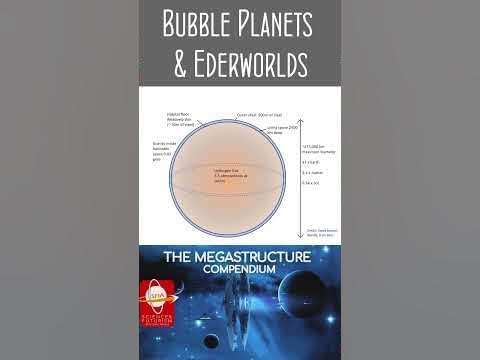
Ederworlds & Bubble planets are artificial worlds held up by internal pressure, and can be several times larger than Earth.
Feb 27, 2024
3 new moons discovered around Uranus and Neptune will be named after Shakespeare characters and Greek goddesses
Posted by Genevieve Klien in category: space
The International Astronomical Union has confirmed the existence of three currently unnamed moons — one around Uranus and two orbiting Neptune.
Feb 27, 2024
Enhancing Lunar Exploration: Realistic Simulation of Moon Dust for Robot Operation
Posted by Laurence Tognetti, Labroots Inc. in categories: robotics/AI, space
Joe Louca: “Think of it like a realistic video game set on the Moon – we want to make sure the virtual version of moon dust behaves just like the actual thing, so that if we are using it to control a robot on the Moon, then it will behave as we expect.”
After Neil Armstrong took his first steps on the Moon, he said, “It’s almost like a powder”, as he described the lunar regolith, and astronauts on future Apollo missions found working on the lunar surface rather cumbersome and tedious due to the much finer lunar dust compared to Earth’s dirt. Therefore, what steps can be taken to better prepare future rovers and astronauts for NASA’s Artemis program to work on the lunar surface?
This is what a recent study published in Frontiers in Space Technologies hopes to address as a team of researchers led by the University of Bristol developed virtual models of lunar regolith simulants that could provide cost-effective methods to prepare astronauts and robots to work on the lunar surface, someday.
Feb 27, 2024
NASA’s radar images a slowly spinning stadium-sized asteroid
Posted by Gemechu Taye in category: space
The images of the “stadium-sized” asteroid, 2008 OS7, were captured using NASA’s 230-foot Goldstone Solar System Radar antenna dish.
NASA’s Deep Space Network planetary radar has captured the first detailed images of a “stadium-sized” asteroid dubbed 2008 OS7.

Our history has been one of inventing ever more devastating and unstoppable weapons, and yet they may pale in comparison to those made to wreck whole galaxies or tear asunder reality itself.
Get Nebula using my link for 40% off an annual subscription: https://go.nebula.tv/isaacarthur.
Watch my exclusive video on Colonizing Binary Stars: https://nebula.tv/videos/isaacarthur–…
Visit our Website: http://www.isaacarthur.net.
Join Nebula: https://go.nebula.tv/isaacarthur.
Support us on Patreon: / isaacarthur.
Support us on Subscribestar: https://www.subscribestar.com/isaac-a…
Facebook Group: / 1583992725237264
Reddit: / isaacarthur.
Twitter: / isaac_a_arthur on Twitter and RT our future content.
SFIA Discord Server: / discord.
